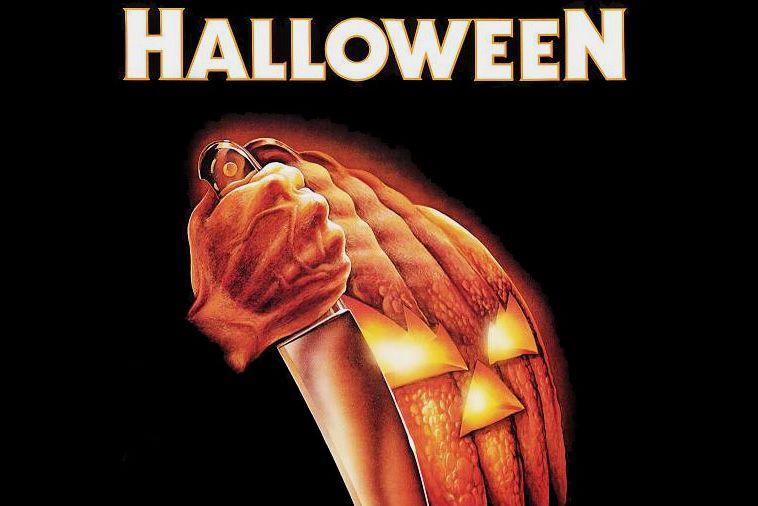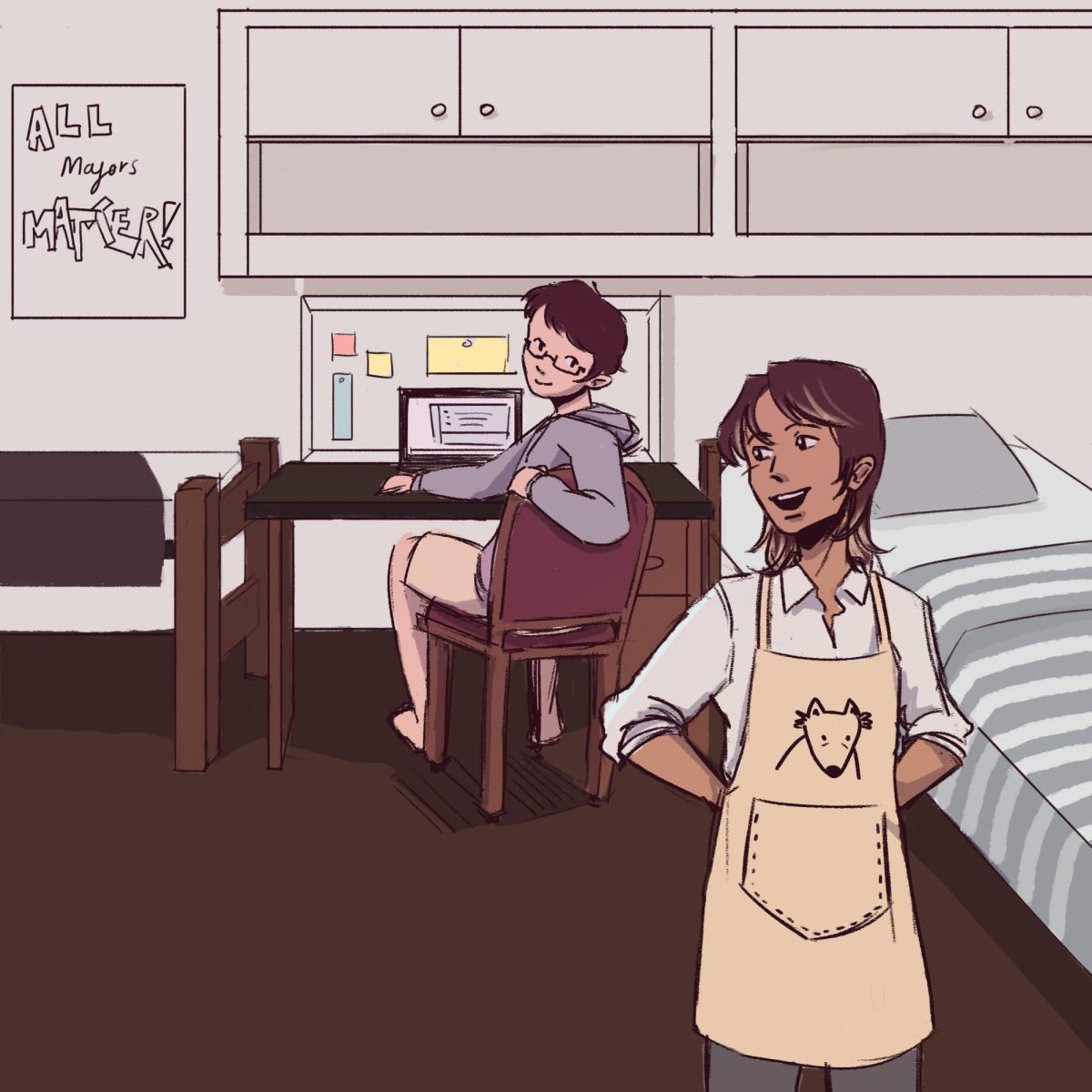John Carpenter’s 1978 horror classic “Halloween” is widely considered to be the greatest horror film of all time, so it is difficult to analyze without its legacy getting in the way. Even so, “Halloween” still manages to surpass the inevitably high expectations that follow the overwhelming praise the classic film has received.
The brilliance of “Halloween” rests in Carpenter’s ability to take the elements of the horror genre that existed at the time period and solidify an entirely new subgenre of horror — the slasher film. Carpenter was influenced by films such as “Psycho” in 1960 and “The Texas Chainsaw Massacre” in 1974, and adapted a similar filmmaking method for “Halloween.” The formula is simple: create a low-budget film that centers around around a main villain, usually some sort of psychopath, and have them murder characters one by one until one female character, the “final girl,” remains. This method was used in nearly every horror film from 1978, when “Halloween” was released, to 1984. This period would later be referred to as the “Golden Age” of slasher films.
The film itself is truly one of the most terrifying of all time. Carpenter’s minimalism allows time for the terror to sink deep below the skin of the audience. Michael Myers, the film’s psychotic killer, is terror incarnate. The terror of “Halloween” isn’t in anything supernatural; rather the terror lies within the cold, evil head of Michael. The humanization of Michael is more terrifying than the supernatural aspects of horror movies prior to this.
The plot is what most modern audiences would consider to be cliche in regards to a slasher film. The main villain roams free throughout the city and murders dumb, high school-aged kids. However, Carpenter adds more than just the now-cliche elements to this film. The most terrifying is the inclusion of Michael Myers’ background. The film begins with a steadicam shot of Michael as he enacts his first murder on the night of Halloween. This inclusion adds depth to Michael and is a great example of exactly how evil he really is.
One of the most important aspects of a slasher film is the quality of the acting. Most of the time, due to the low budget of the film, the acting is generally unconvincing. When the acting in a slasher film is bad, the terror of the film cannot fully set in. However, this is not the case with “Halloween.” Even though it was Jamie Lee Curtis’ screen debut, she plays the very convincing role of teenage babysitter Laurie Strode.
Every great horror film needs great music, and “Halloween” certainly has one of the most recognizable themes in the history of film. John Carpenter composed the score for the film, and the it matches the minimalism of the plot. The theme will undoubtedly remain ringing in audience’s ears hours after the end credits.
The influence of “Halloween” is still felt today as it created numerous well-known horror tropes and spawned a whole host of sequels and remakes. Even some of the remakes have their own sequels, but none of these films live up to the original.
“Halloween” will be playing at the Queen Theatre in Bryan on Oct. 31 at 7 p.m.










